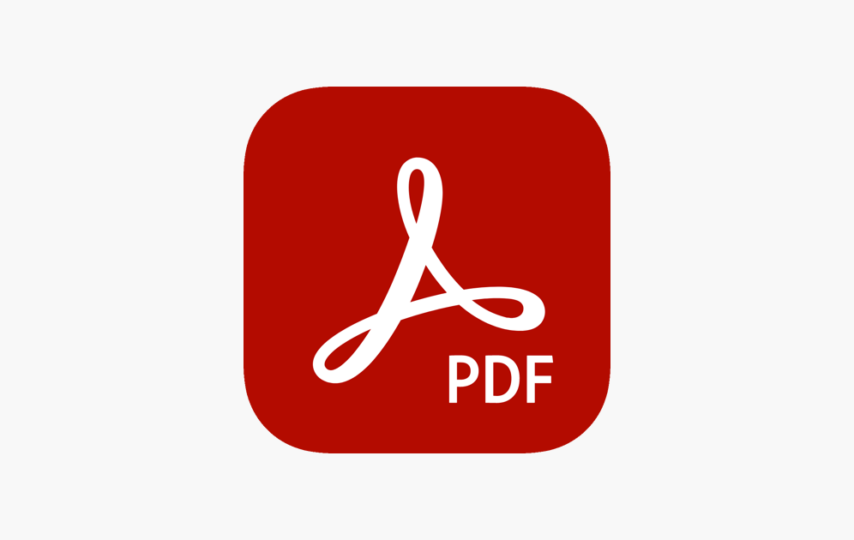This article will outline PDF copying protection and the available choices. It is worth mentioning a few points before describing the different options available to copy protect a PDF file.
- If you want to copy-protect a file, then something needs to be done to retain control. “Something”, in this case, means to change the file so that it is secure. A car can be driven by anyone, but a key is required to start the vehicle. The “key’ makes your car safe.
- As an analogy to the car, you have a few options when it comes to transportation. Uber can be utilized to transport you if you own a personal car that you give to the driver. Copy protection is closer to Uber’s model than a personal vehicle.
- To copy-protect a document, you want to make sure that no one can save, print, share, stream, or capture pages. Uber wants the same thing as ride-sharing: everyone should have access to these cars. But not everyone can drive them.
To return to the problem of copy-protection and our comment earlier that something must be changed with the file, you need to understand that encryption is a different thing than copy-protection. Encryption works by dividing a file into small pieces. The owner then assigns a unique password to these pieces. When the correct PDF password is input, it comes together again and can be read.
When the encryption works, once the password entered correctly is entered, anyone who wants can use the file. Like keeping honest. The user has the option to print, share and save files, as well as screen capture. Owning the car with the key to start is similar. It is only natural that you would lend your car to trusted people. See the issue?
Copy protection is not password-protected. The file is open to everyone. Even though there is some encryption, it is not the same as how encryption is utilized today. Only the Uber driver has access to your key and will take you wherever you need to go.
The PDF file can be viewed and altered by anyone, according to the copy protection theory. This is probably the option that individuals will pick if they need a solution to PDF copy protection.
An open standard is the Standard Portable Document Format (PDF). Since the PDF format is open, it can be seen in any application. The PDF specs aimed to make this format as widely applicable and user-friendly as possible. Contrary to popular belief, copy protection in PDF files can be more challenging.
Adobe Reader is included with Windows. Windows has also embedded Adobe API to read PDF files. Even if Adobe
It doesn’t matter if you have Reader installed or uninstalled. The code that opens a PDF is still available. Adobe Reader (the number one PDF viewer in the world) is only one of many PDF readers. All these programs have one goal in common: to read and open a portable document file.
Adobe copy protection systems are notorious for being cracked. Google “Adobecopy protection crack” and you’ll see pages dedicated to ways Adobe security features have been compromised. Google search results that include web pages dedicated specifically to hacking.
The fundamental problem of copy protection is the lack of controls when viewing PDFs. Meaning a PDF content owner (you) does not have the control over Adobe Reader, or other programs, to stop the user (your client/customer/student) from printing, screen grabbing, sharing, and saving.
The idea behind PDF copy protection is that it provides a framework for the PDF document to be opened.
Adobe Reader (and FoxIt Reader) and other readers will not give you the ability to block users from printing, saving, or copying from their program. To block these functions, we would need to have a “reader or viewer” that has the controls.
It may be challenging to give a reader access to these security features as a result. The majority of users dislike having to download and set up a new program to view PDF files. In this process, the ease and beauty that a PDF offers is lost. The PDF is not a portable file format anymore. A hacker could download the same software to view the PDF and reverse engineer it. The PDF control must go beyond a simple secure reader/viewer.
Copy protection of a PDF is most secure when it’s associated with a physical object. There are software solutions (only), but these are not as reliable as a solution involving something tangible.
In our quest to solve this problem, Nexcopy’s Copy Secure flash drive was discovered. Copy Secure Solution is a physical USB flash drive that offers copy protection to PDF files without requiring the installation of a program to view the file. In reality, the solution is an encrypted device rather than a coded file. This is because the device acts as a physical key for controlling the viewing of documents.
The Copy Secure drive comes with a PDF reader which is encrypted and locked. Even if hackers download the viewer application that runs directly off the flash drive without installation, they will still be unable to unlock and control the pdf.
Copy Secure Drive works with Mac and Windows. The application that automatically launches on the USB allows you to view the document seamlessly. The PDF file format is portable.
The viewer, according to our tests does not allow printing. No screen captures no saving, and no sharing. The PDF file is stored on the USB and can be accessed via any computer. The Copy Secure USB drives allow you to open the file directly without downloading a viewer. Everything is run directly from the flash drive.
Additional features can be used in the case of needing additional digital rights management. Copy Secure includes a time limit for PDFs. This restricts the client/customer/student from accessing the PDF after a specific date.
Copy Secure offers the option to assign an owner to a PDF that contains sensitive data.
It is necessary to enter the password to view any PDF. This means the content owner now has double safeguards: Before the PDF can be viewed, the client, customer, or student must enter the correct password. After the PDF is shown, it still has copy protection, which means even the most trusted of users can’t print the PDF or save it.
While researching how to copy protect a PDF file, we came across other products that were worth mentioning.
Adobe – Adobe offers a fix, but a Google search revealed that the solution was not feasible.
PDF2GO — This online solution is great, but it’s very expensive for high-volume and medium-volume applications. This might be the solution for a unique need.
LockLizard (also known as LockLizard) – This product is expensive and suitable for larger business models.
In conclusion: the idea of having a physical security device to protect PDFs is very appealing. Nexcopy would be best if a PDF content owner had a business plan where revenue is directly linked to the intellectual content of the pdf. Adobe, being a big company and a potential target for hackers, has compromised its security over the years. PDF2GO and LockLizard (which are both “software-only”) are ideal for one-time or small needs. However, they can be quite expensive.








